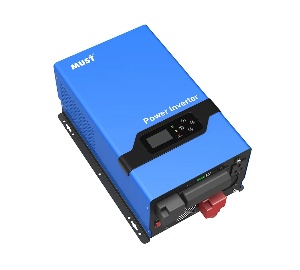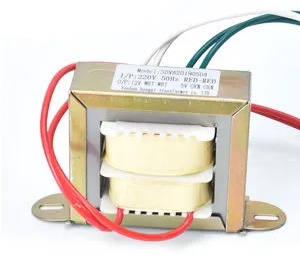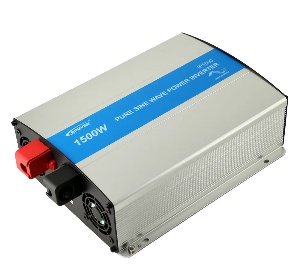Electronic Components Supplier | Transformers, Inductors, Inverters
Introduction
The 33kV/11kV transformer serves as a critical component in medium-voltage power distribution networks, enabling efficient voltage conversion between transmission and distribution levels. These transformers play a pivotal role in industrial power systems, renewable energy integration, and urban electrification. This comprehensive guide explores their design principles, technical specifications, applications, and emerging technologies to help engineers and procurement specialists make informed decisions.
Technical Specifications of 33kV/11kV Transformers
Core Design Features
-
Voltage Ratio: 33kV primary to 11kV secondary (standard 3:1 ratio)
-
Power Rating: Typically 1MVA to 30MVA range
-
Winding Configuration: Delta (Δ) primary – Star (Y) secondary
-
Impedance: 6-10% to limit fault currents
-
Cooling Methods: ONAN (Oil-Natural Air-Natural) or KNAN (Forced Air)
Efficiency & Losses
-
No-load losses: 0.5-1.2% of rated power
-
Load losses: 4-8% at full load
-
Efficiency class: Meets IEC 60076-20 Tier 2 standards

Key Applications in Power Systems
1. Primary Distribution Substations
-
Interface between 33kV transmission lines and 11kV distribution feeders
-
Serve industrial parks and large commercial complexes
2. Renewable Energy Integration
-
Step-down wind farm collector voltages (33kV) to distribution level
-
Interface for solar PV plants with grid connections
3. Urban Power Networks
-
Critical for city ring main units (RMUs)
-
Enable underground cable networks in metro areas
4. Industrial Plants
-
Power heavy machinery in steel, cement, and chemical industries
-
Provide dedicated supply for large motor loads
Selection Criteria for Optimal Performance
1. Load Characteristics Analysis
-
Continuous vs intermittent load profiles
-
Harmonic content from VFDs or arc furnaces
2. Protection Requirements
-
Buchholz relay for oil-filled units
-
Differential protection for >5MVA transformers
-
Surge arresters for lightning protection
3. Special Design Considerations
-
Tropicalized versions for high humidity
-
Sealed tanks for flood-prone areas
-
Low-noise designs for urban installations
Innovations in 33kV/11kV Transformer Technology
1. Smart Monitoring Systems
-
Online DGA (Dissolved Gas Analysis)
-
Winding temperature sensors with IoT connectivity
-
Partial discharge monitoring
2. Advanced Materials
-
Amorphous metal cores reducing no-load losses by 70%
-
High-temperature insulation (Class C 220°C)
-
Ester-based fluids for fire safety
3. Compact Designs
-
GIS-integrated transformers for space-constrained substations
-
Modular plug-and-play units for rapid deployment
Maintenance & Life Extension Strategies
Preventive Maintenance Checklist
-
Annual oil testing (dielectric strength, moisture content)
-
Thermal imaging of bushings and connections
-
Tightness check of core clamping
End-of-Life Indicators
-
Furan analysis for paper insulation aging
-
Increased gas generation in DGA tests
-
Rising no-load losses

Market Trends & Procurement Insights
Global Demand Drivers
-
Grid modernization projects in developing countries
-
RE integration requiring new substations
-
Urbanization increasing underground distribution
Pricing Factors
-
Copper vs aluminum windings cost difference
-
Efficiency class (Tier 1 vs Tier 2)
-
Customization requirements
Conclusion
The 33kV/11kV transformer remains indispensable in modern power networks, bridging transmission and distribution voltage levels. With advancements in smart monitoring, high-efficiency designs, and compact configurations, these transformers are evolving to meet grid modernization and energy transition challenges.







